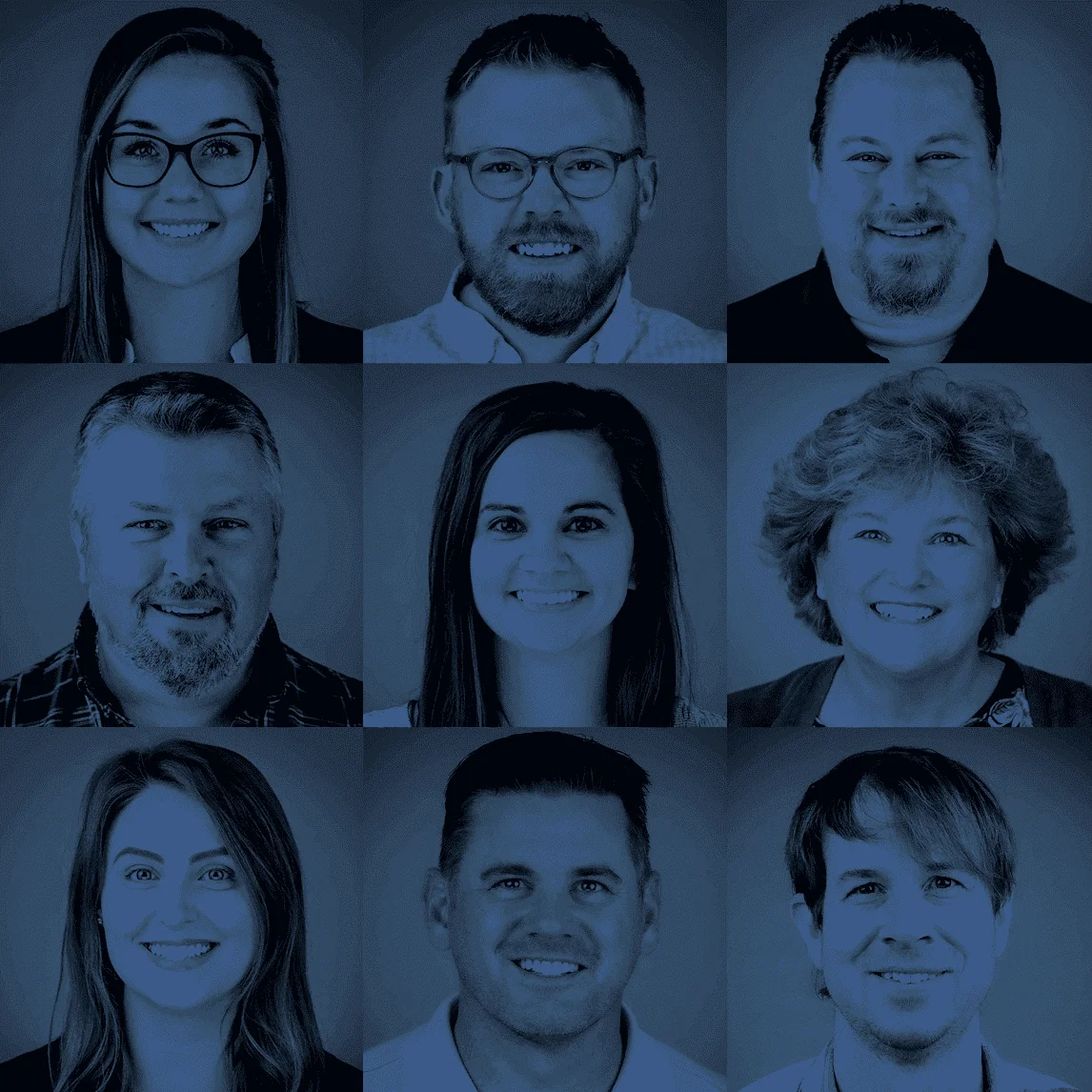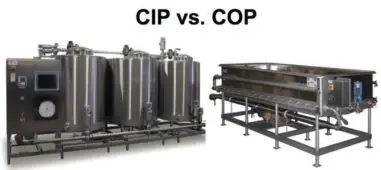

While manufacturers must keep expenses low, food, beverage, cosmetic, pharmaceutical and other sanitary processors cannot afford to compromise on cleanliness. Product contamination results in wasted effort and resources, or worse, creates health and safety issues that can compromise a company’s reputation and customer confidence.
Food processing equipment is either cleaned-in-place or cleaned-out-of-place. Both methods enhance the ability of plant personnel to achieve a greater degree of food safety and quality assurance. If you are considering enhancing or introducing CIP or COP procedures or equipment into your plant it is vital to have a complete understanding in order to take full advantage of these processes. To be safe, processing companies can turn to Rodem’s design engineers and product lines to optimize their clean-in-place and clean-out-of-place procedures to ensure smooth operation, minimal maintenance and cleaning time, and maximum productivity and product safety.
Clean-in-place is best used in conjunction with smooth-surfaced components – such as tanks, pumps, and process piping – that are too deep, long, or self-contained to reach manually. The process also presents an efficient way to clean parts that would require much time or effort to disengage from the line. These systems use chemicals, detergent and heat to clean the interior surfaces that come into contact with the product to prevent contamination and eliminate bacteria.
An automated CIP process often is ideal for processors of beverages, creams, lotions, sauces, viscous liquids, semi-solid foods and personal-care products. Generally, the computer-controlled process sprays and circulates detergent through the system path. Turbulence helps dislodge particles from crevices where pathogens can form if not properly cleaned. The flow forces the removed particles along and out of the processing path. Then, chemical cleansers are circulated through the equipment to kill bacteria and sanitize the components. The chemicals can be stored and reused. A final rinse completes the clean-in-place cycle.
Rodem engineers create ground-up and upgraded CIP system designs that work best with the customer’s processing operations: capacity requirements, space restrictions, etc. Our service includes expert advice, evaluation and recommendations throughout design and installation, including:
Take a look at the CIP systems Rodem is proud to offer or create a custom solution with our integration team.
Manufacturers use COP methods for pieces of equipment and utensils that cannot be cleaned where they are used and must be disassembled, and for pieces of equipment and parts that do not lend themselves to easy cleaning in place. Fittings, clamps, impellers, hoses, etc. may need to be cleaned in this manner. COP uses the same cleaning solutions as CIP. Automated COP requires less labor and leaves less room for human error than manual cleaning.
The immersion washer is the primary equipment used in COP workflow. These long tanks use spray jets to create high-speed turbulence and detergent to scrub ingredients and processed material from parts submerged in the tanks’ ultra-hot water. The deep sinks allow for soaking, immersion in sanitizing solutions and final rinsing, before reassembly of parts and reinstallation into the manufacturing equipment.
Customers can rely on Rodem for COP equipment that delivers consistent cleaning and sanitation ensuring food safety and quality. Because the process involves manual washing and several steps, the workflow must guard against overspray and improper stacking of cleaned parts, which can lead to recontamination. It is vital to understand, establish and follow a pre-determined COP procedure to avoid cross-contamination.
When budgets and existing process design permit, clean-in-place systems are generally preferable to full manual and clean-out-of-place procedures. Still, with an initial investment that is a fraction of the cost of CIP equipment, COP is an option for start-up processing companies and others looking to keep costs down. With Rodem-recommended equipment, COP can be more cost-effective than manual washing, while cleaning as effectively – though not as quickly or efficiently – as CIP systems.
Browse the COP systems available from Rodem.
To discuss your company’s needs and CIP/COP options, contact a Rodem rep. We are happy to help you find the best equipment for your work.